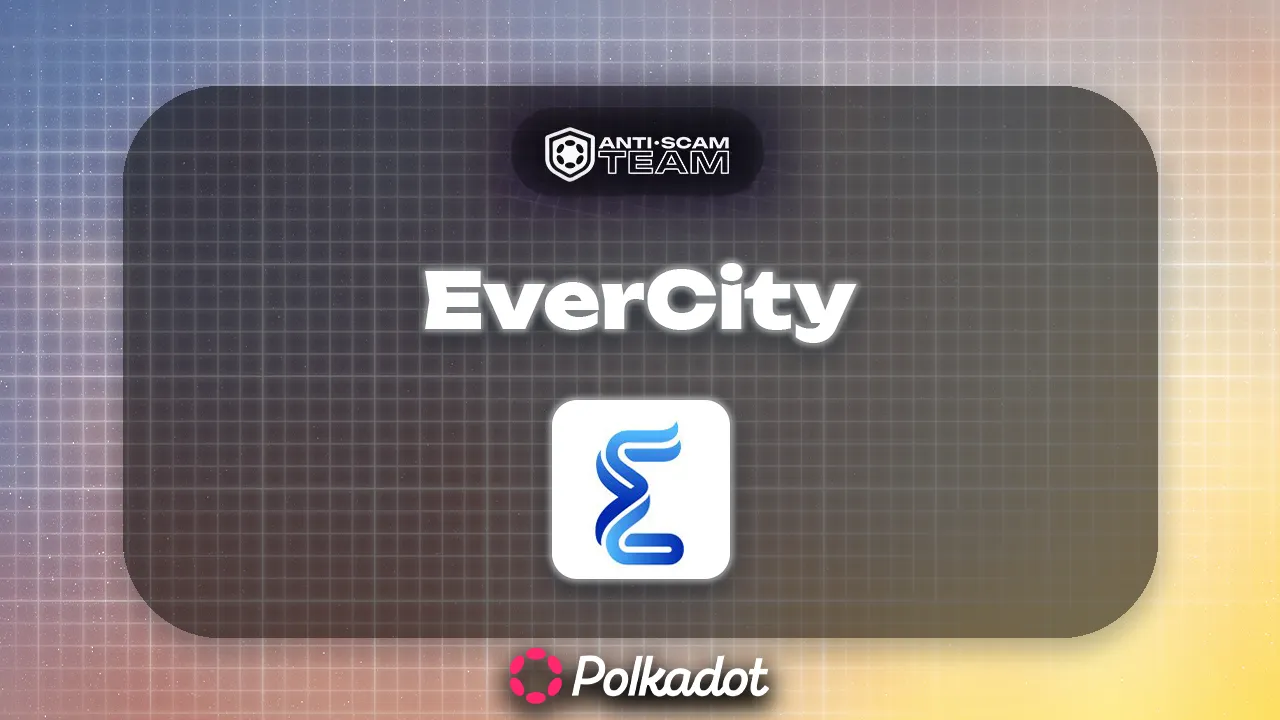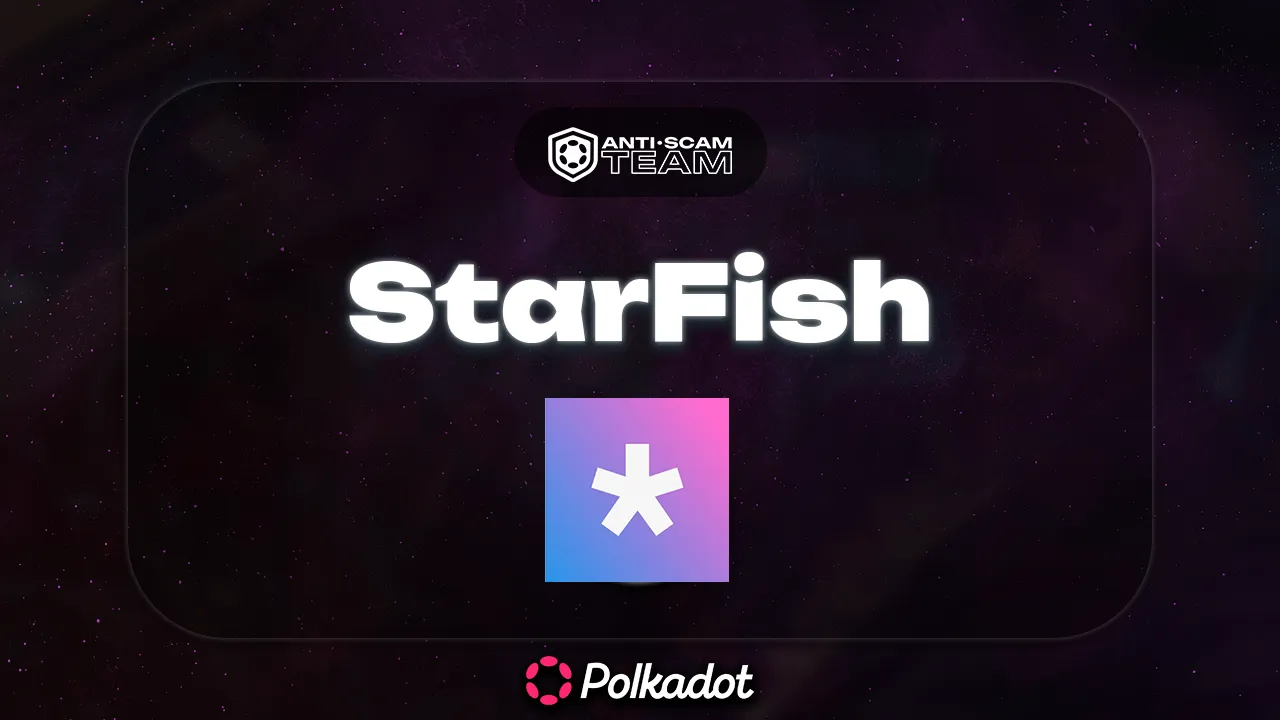BrainDex is a decentralized exchange (DEX) aggregator operating on the Polkadot Network. It aims to optimize cross-chain swaps by consolidating liquidity across multiple blockchain networks, enabling users to find the best trading routes and prices in a single interface. The platform’s aggregator model enhances trading efficiency by automating the process of locating the most favorable deals across multiple protocols.
Team Composition and Transparency
The team behind BrainDex remains mostly anonymous, as the project’s website and documentation lack detailed information about the members or their backgrounds. This absence of transparency makes it difficult to evaluate the team’s experience or credibility. Notable advisors are also not mentioned, which raises concerns about the project’s ability to establish trust within the decentralized finance (DeFi) space. There is some indication that the team has connections to another project, Neon Crisis, but this does not provide enough clarity to address the transparency issues.
GitHub and Code Quality
BrainDex’s GitHub repository is public, promoting some level of transparency. The project utilizes modern programming languages like Rust and TypeScript. However, the lack of active development is evident, with no commits recorded in 2024 as of September, suggesting possible stagnation. Additionally, the small number of followers and the absence of regular updates point to low community engagement and potential risks regarding the platform’s future development. While the documentation is considered adequate, the minimal activity indicates that standard open-source development practices may not be consistently applied.
Social Media and Community Engagement
BrainDex’s community engagement is limited across various platforms. The project’s presence on X (formerly Twitter) has seen no updates since early 2024, while the Telegram group is notably inactive, featuring only about 60 members and slow admin responses. Discord shows more promise with over 200 members and better interaction quality, including language channels for European and Asian audiences. Despite having some well-written content on Medium, the lack of recent activity on social media raises concerns about the project’s momentum and user engagement.
Business Model and Risk Factors
BrainDex’s primary value proposition is as a DEX aggregator that offers permissionless and non-custodial swaps, focusing on ecosystems like Moonbeam and Astar. The platform’s fee structure is competitive, potentially attracting a wide user base. Future plans to expand support for more chains could drive growth. However, long-term success hinges on continuous technological advancements, such as integrating new chains and conducting regular security audits. The absence of a native token poses a challenge for incentivizing users, though tokenization may be explored in the future.
Conclusion and Rating
BrainDex presents a mixed outlook. The platform’s cross-chain functionality and aggregator model align well with the increasing demand for interoperability in DeFi, offering significant growth potential. However, major concerns regarding team transparency, lack of development activity, and inconsistent community engagement detract from its strengths. Given these factors, the project is rated as high-risk with a score of one out of five stars. Prospective users and investors should approach with caution and monitor the project’s progress closely.




